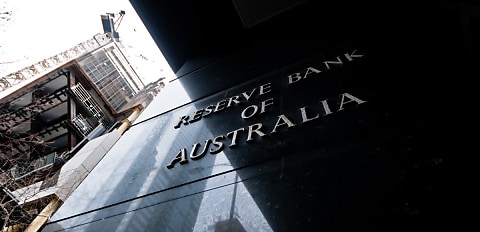The Reserve Bank of Australia (RBA) has all but confirmed even further rate rises as it currently envisages target inflation no sooner than mid-2025.
After the RBA upped the cash rate on 7 February to 3.35 per cent via a largely expected 25-bp hike, expectations of a mid-year pause slipped dramatically.
In its Statement on Monetary Policy (SoMP) released on Friday (10 February), it clarified that the RBA board still expects that further increases in interest rates will be needed to “ensure that the current period of high inflation is only temporary”.
It added that in assessing how much further interest rates need to increase, “the Board will be paying close attention to developments in the global economy, trends in household spending and the outlook for inflation and the labour market.”
The latest SoMP interpretation of international and domestic economic factors was underlined by the RBA’s belief that inflation ‘had peaked’ by the end of 2022.
“As is the case elsewhere, inflation in Australia is too high and is broadly based,” the RBA outlined.
It confirmed that CPI inflation reached 7.8 per cent over the year to the December quarter and that trimmed mean inflation was 6.9 per cent over the same period, “which was higher than had been expected.”
“Services inflation also reached very high rates, with the prices of market services 7 per cent higher over the year. Rental markets are tight and growth in rents has been picking up.”
“Inflation is likely to have peaked around the end of 2022 and is forecast to return to the target range over coming years,” the central bank explained.
More specifically, it resolved that the CPI central forecast is for inflation to decline to 4.75 per cent over 2023 and “to around 3 per cent by mid-2025,” at its earliest.
Faster rate impact is on mortgages
The Australian mortgage sector received particular mention, in terms of global comparison and its pace of reflecting cash-rate impacts.
In context, the RBA outlined the faster impact of rates will be higher in economies with a higher share of variable-rate loans, and these were “notably higher in Australia than in many comparable advanced economies."
Furthermore, Australian mortgages with fixed rates generally have shorter fixed-rate periods of around two years; this compares with five years in the United Kingdom and Canada, and 30 years in the United States, it summarised.
“The Board is mindful that a considerable adjustment to interest rates has already been made and that monetary policy affects activity and inflation with a lag and through different channels,” it said.
“The effects on the cash flows of the roughly one-third of households with mortgages generally comes through faster than the effect on the broader economy and inflation.
It added that the effects on households are also uneven.
That is, some households have substantial savings buffers or are benefiting from the tight labour market and faster wages growth.
“Others, though, are experiencing a painful squeeze on their budgets due to higher interest rates and the rising cost of living,” the central bank conceded.
In addition, some households may "moderate their spending" in response to the decline in housing prices, the central bank suggested.
“In light of these competing forces, the Board is closely monitoring household spending and saving behaviour, and their contribution to domestic demand pressures,” it explained.
Noting current market pricing on rates
SoMP documents included the central bank’s Domestic Financial Conditions report, in which the RBA noted that yields on Australian Government Securities (AGS) have been "volatile" but have "declined over the past three months in line with developments in global bond markets".
“Short-term money market rates have risen in response to the tightening in monetary policy," it stated.
“Current market pricing implies expectations of an increase in the cash rate to around 4 per cent by mid-2023.”
[Related: February cash rate hike continues mortgage pain]
